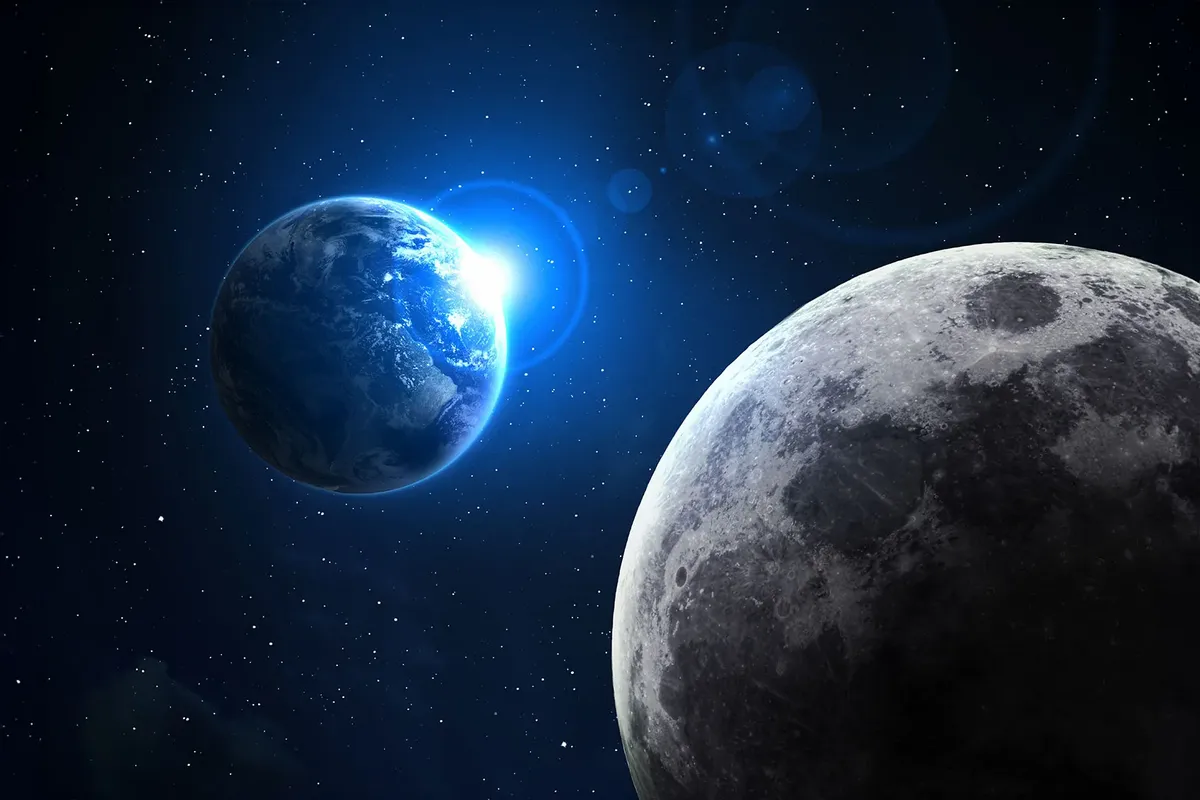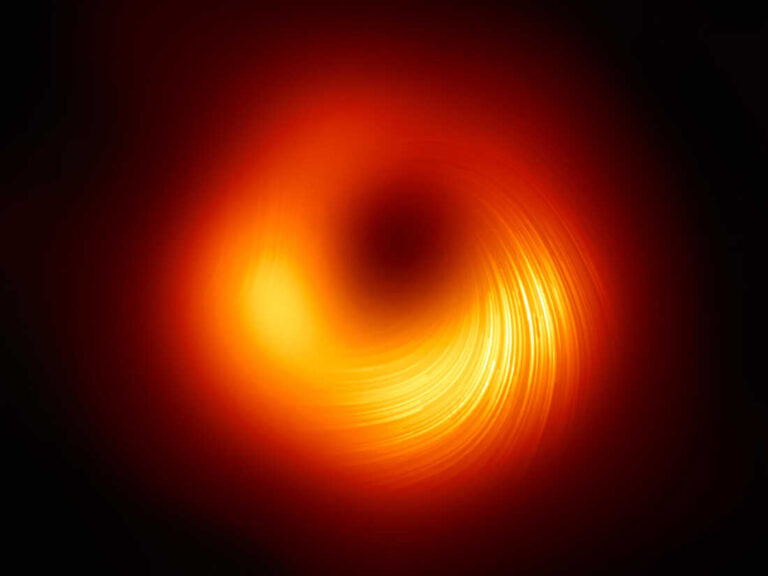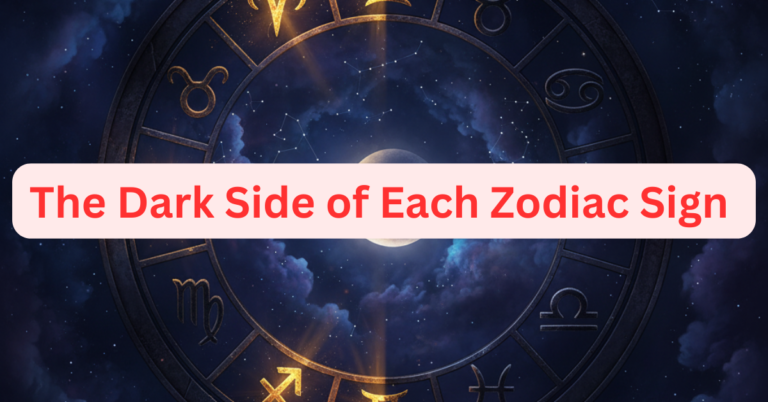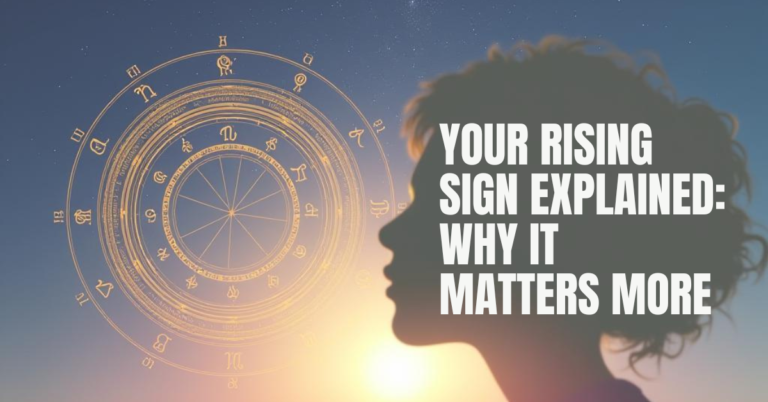
Earth to Get a Second Moon for 57 Days This Year – Rare Celestial Event Explained
In a stunning celestial event, Earth is about to gain a temporary companion in the sky – a second moon! While it might sound like something out of science fiction, this rare phenomenon is a real scientific occurrence, and it’s set to happen for approximately 57 days this year.
In a celestial event that hasn’t occurred in decades, Earth will have a second moon for nearly two months this fall. A small asteroid named 2024 PT5 will be gravitationally captured by our planet, entering a temporary orbit that will last from September 29 to November 25, 2024. Let’s break down this amazing event and what it means for us earthlings.
What Is a “Second Moon”?
Before you start imagining a twin to our familiar lunar friend, let’s clarify: this “second moon” isn’t a true moon like the one we’ve grown up with. It’s what astronomers call a mini-moon, or a temporary captured object. These small celestial bodies are usually asteroids or space debris that pass by Earth and, for a short time, get caught in our planet’s gravitational pull.
Unlike our moon, which has been orbiting Earth for over four billion years, these mini-moons come and go. They stay in Earth’s orbit only for a few weeks or months before being flung back into space by the same gravitational forces that brought them here.
How This Mini-Moon Will Arrive
The mini-moon expected to grace our skies this year is an asteroid-like object. According to astronomers, it will come close enough to be captured by Earth’s gravity, becoming a temporary moon for about 57 days. After that, it will continue on its cosmic journey, drifting away into space.
Though mini-moons are rare, they’re not unheard of. In fact, the last mini-moon, named 2020 CD3, orbited Earth from 2018 until 2020 before it finally escaped Earth’s gravitational influence.
Can We See It?
For the stargazers among us, here’s the exciting part: yes, you will likely be able to spot the mini-moon! Although it won’t be as big or as bright as our regular moon, with the right telescope or even binoculars, you may catch a glimpse of this fleeting visitor.
Unlike our permanent moon, which is massive and bright enough to be seen with the naked eye, this mini-moon will be quite a bit smaller. Estimates suggest it will be about the size of a car or small house, which is tiny by astronomical standards. Nevertheless, dedicated skywatchers might be able to track its movement across the night sky.
How Does This Affect Earth?
Thankfully, the arrival of this mini-moon poses no threat to Earth. It will stay far enough away that it won’t interfere with our atmosphere or gravity in any significant way. While it’s always fascinating to have another celestial object nearby, this mini-moon will be more of a curiosity than a cause for concern.
In fact, mini-moons offer scientists a unique opportunity to study small celestial bodies up close. These objects are often composed of ancient material left over from the formation of the solar system, so they offer valuable insights into the history of our cosmic neighborhood.
The Science Behind Mini-Moons
Mini-moons are captured by Earth’s gravity when their orbits around the Sun bring them close to our planet. The gravitational tug between Earth, the moon, and the Sun creates complex dynamics, causing some objects to become temporarily bound to Earth. Eventually, the mini-moons either crash into Earth, burn up in the atmosphere, or escape back into space.
This delicate dance between celestial bodies is a reminder of how dynamic and ever-changing the universe truly is. As space agencies continue to study mini-moons, there’s hope that one day we might even send missions to these temporary satellites to learn more about their composition and origins.
Why This Event Is So Special
What makes this event particularly exciting is how rare it is. Although Earth likely captures mini-moons every few decades, most of them go unnoticed because they’re too small or too distant. This time, though, we’re ready, and astronomers around the world will be watching closely.
If you’re interested in witnessing this cosmic event, keep an eye on astronomy websites and local observatories for updates on when and where to look. This rare glimpse of a second moon may never happen again in our lifetime, so it’s worth planning ahead!
Final Thoughts
Earth getting a second moon for 57 days may sound like something out of a fantasy novel, but it’s actually a fascinating and scientifically significant event. Whether you’re a seasoned astronomer or just someone with a casual interest in space, this fleeting mini-moon is sure to spark your sense of wonder. So grab your telescope, mark your calendar, and prepare for a rare cosmic visitor that’s sure to brighten our skies for a short time.






